Pest Management Technology has advanced, just like technology has brought positive outcomes in other sectors. There is no longer a one size fits all method to pest control. Integrated pest management combines effective techniques customized to your pest problem.
Experts can now eliminate pests economically with less risk to humans, property, and the environment with integrated pest management. Not only will you find peace of mind with integrated pest management, but the results will be long-term.
Environmental Pest Management uses integrated techniques to prevent pest activity and deal with pest problems when they occur. Our experts will assess your concerns and will implement specific, effective solutions based on their findings.
This article will explain what integrated pest management entails and why it is a resolution of choice.
What is Integrated Pest Management?
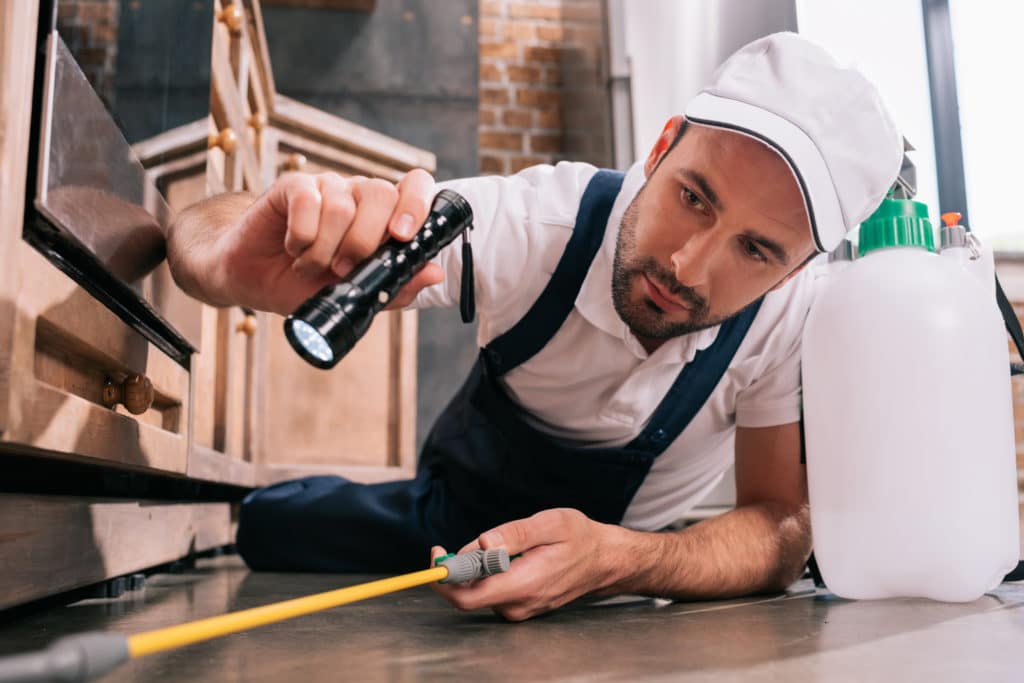
Integrated pest management (IPM) uses techniques to control pests while minimizing the use of chemicals. Integrated pest management emphasizes the use of low toxicity methods to reduce harm to humans and the environment.
What are pests? Pests are organisms that may cause damage or interfere with our property or livelihood. They include organisms that may impact the health of humans or animals.
Pests are capable of transmitting disease but often are just an inconvenience. Pests are not only animals or insects; they may also be plants or pathogens that harm any part of the ecosystem.
IPM practices are considered ecosystem-based solutions for pest control. IPM uses a combination of techniques:
- Biological control
- Habitat manipulation
- Modification of cultural practices
- Use of pesticides only if indicated
- Treatment goals of removing only the targeted pests
There is a five-step process for integrated pest management: inspection, identification, monitoring, action, and evaluation.
How Does Integrated Pest Management Work?
Integrated pest management is customized to the situation to minimize pest damage. Thus there is no single pest control method used. IPM programs use a four-tiered approach:
Set Action Thresholds
Before experts take action, IPM experts set a threshold to when and how they will intervene to control pest infestations. If not met, intervention is not considered necessary. Often economic threat is a consideration in action thresholds.
Monitor and Identify Pests
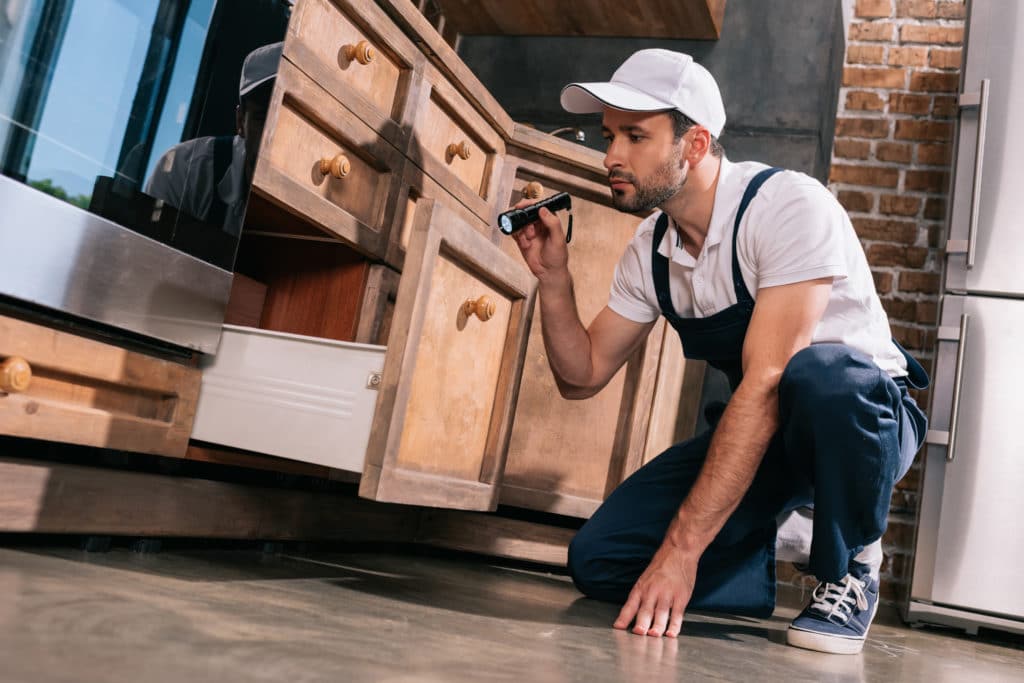
Pests do not always be controlled or eliminated. Many are required to keep our ecosystem healthy and vibrant. IPM programs monitor and identify pests accurately so experts can implement proper control methods.
Monitoring involves evaluating the environment to identify which pests are present, how many they are, and what damage they have caused. Proper identification is essential to determine likely damage and pick the best management plan.
It is harmful to use pesticides when they are unnecessary. Proper monitoring and identification of pest control concerns minimize the use of toxic chemicals and the risk of using the wrong chemicals to control the situation.
Prevention
Prevention is the most important step in pest control management. Integrated pest management works to manage indoor and outdoor spaces to keep pests from becoming a threat. The techniques used are effective and economically efficient, presenting a low risk to humans or the environment.
Control
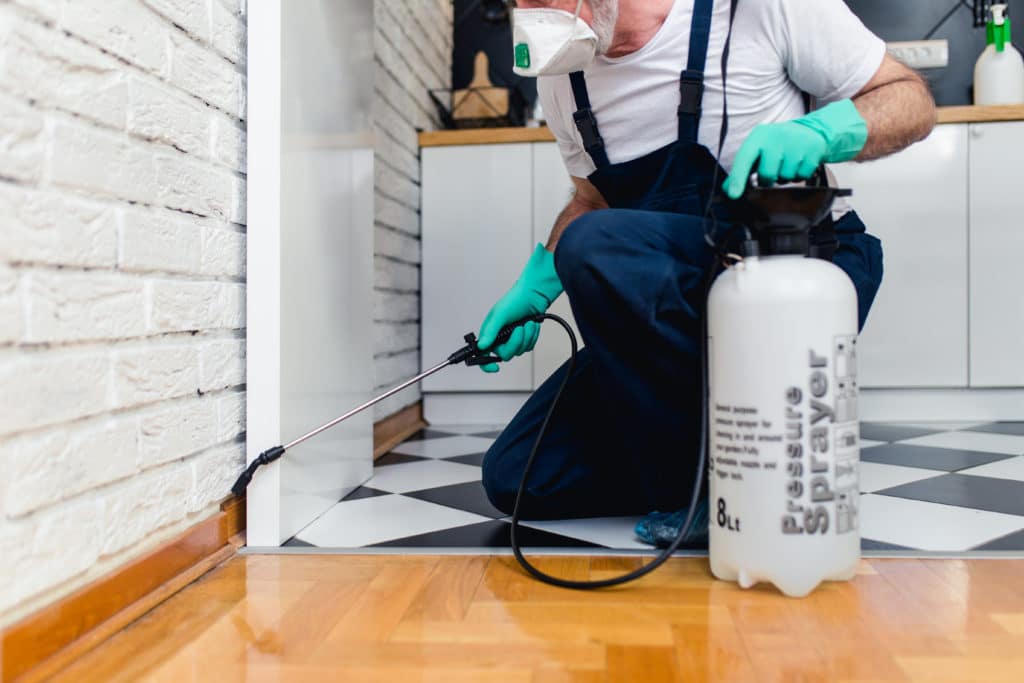
Once action thresholds, monitoring, and identification indicate a pest problem, control methods are implemented. Both risk and effectiveness are weighted to determine the right control method to use.
The first choice is often highly targeted chemicals such as pheromones to stop pest mating or mechanical control such as trapping. If these methods are ineffective, then other techniques may be considered, such as pesticides.
Request A Free No-Obligation Quote Today
We serve Dakota, Hennepin, Ramsey, Washington, and Anoka Counties.
We also serve Carver, Scott, Rice, Lesueur, and Steele
Pesticides used when necessary and in combination with other interventions for effective, long-term control. Pesticides are selected so they are minimally harmful to humans and the environment.
The best chemicals will do the job but are safe for other organisms, the air, soil, and property.
Determining the right intervention is part of assessing, implementing, and monitoring for integrated pest management.
Assessment, Implementation, and Monitoring for Integrated Pest Management
Woven into the process are proper assessment, implementation, and monitoring of the pest concern. You will find innovative and creative techniques through each step of management.
Assessment
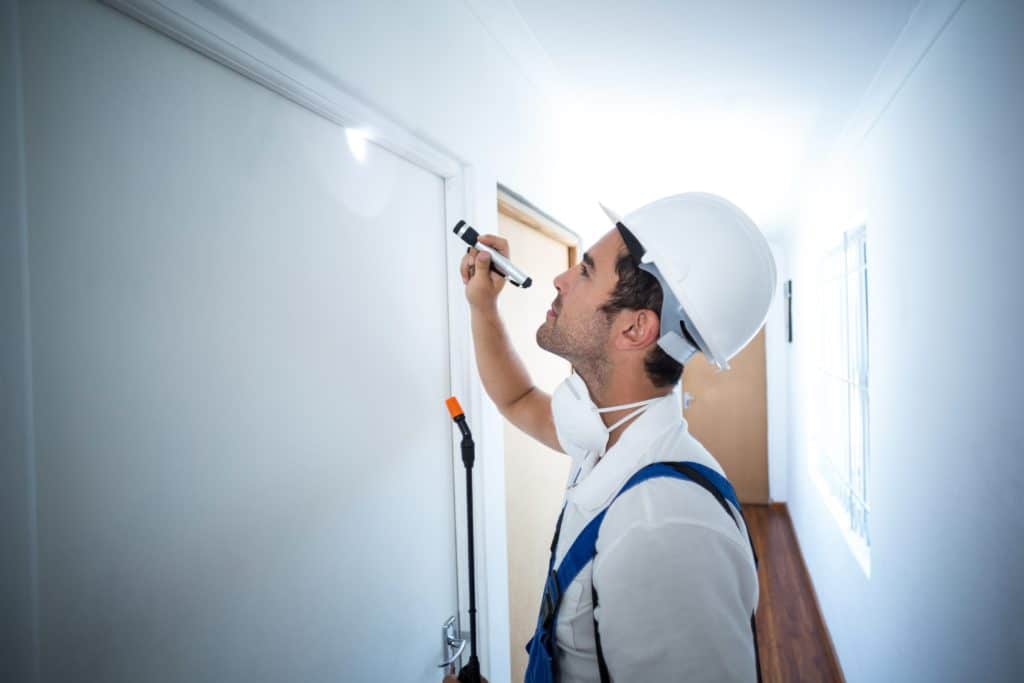
Assessment includes a comprehensive evaluation of the situation. Experts look at why:
- Why you have ants in one area and not another?
- Why you hear rodents on a certain side of the house?
- Where are the pests entering?
Experts discover the road to a solution through investigation. Building structure, geography, climate, soil properties, and other conditions can contribute to pest control issues.
Implementation
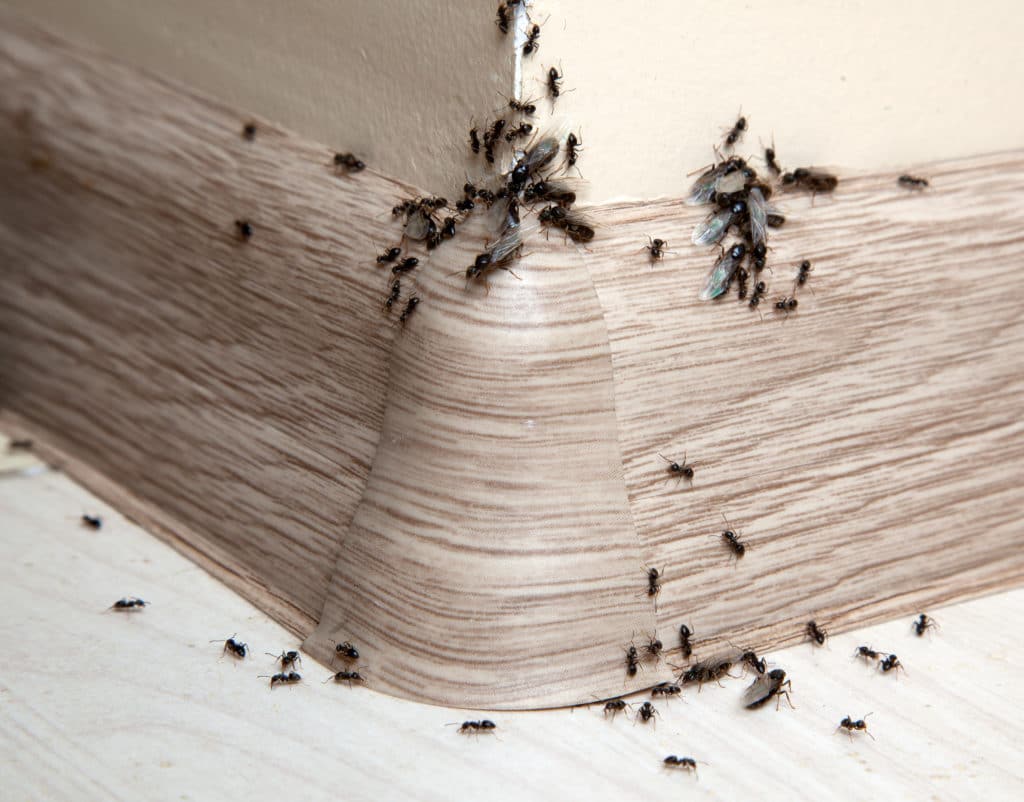
Using the same method for pest elimination will not be effective for everyone. A customized approach leads to the best solution.
The four-tiered approaches of integrative pest management: action thresholds, monitoring and identifying, prevention, and control are all part of the implementation process.
Experts will also advise on eliminating pest “hot spots.” Proper cleaning, maintenance efforts, and sometimes ongoing chemical treatment are included in the plan. If chemicals are necessary, experts will recommend the least toxic and harmful options.
Monitoring
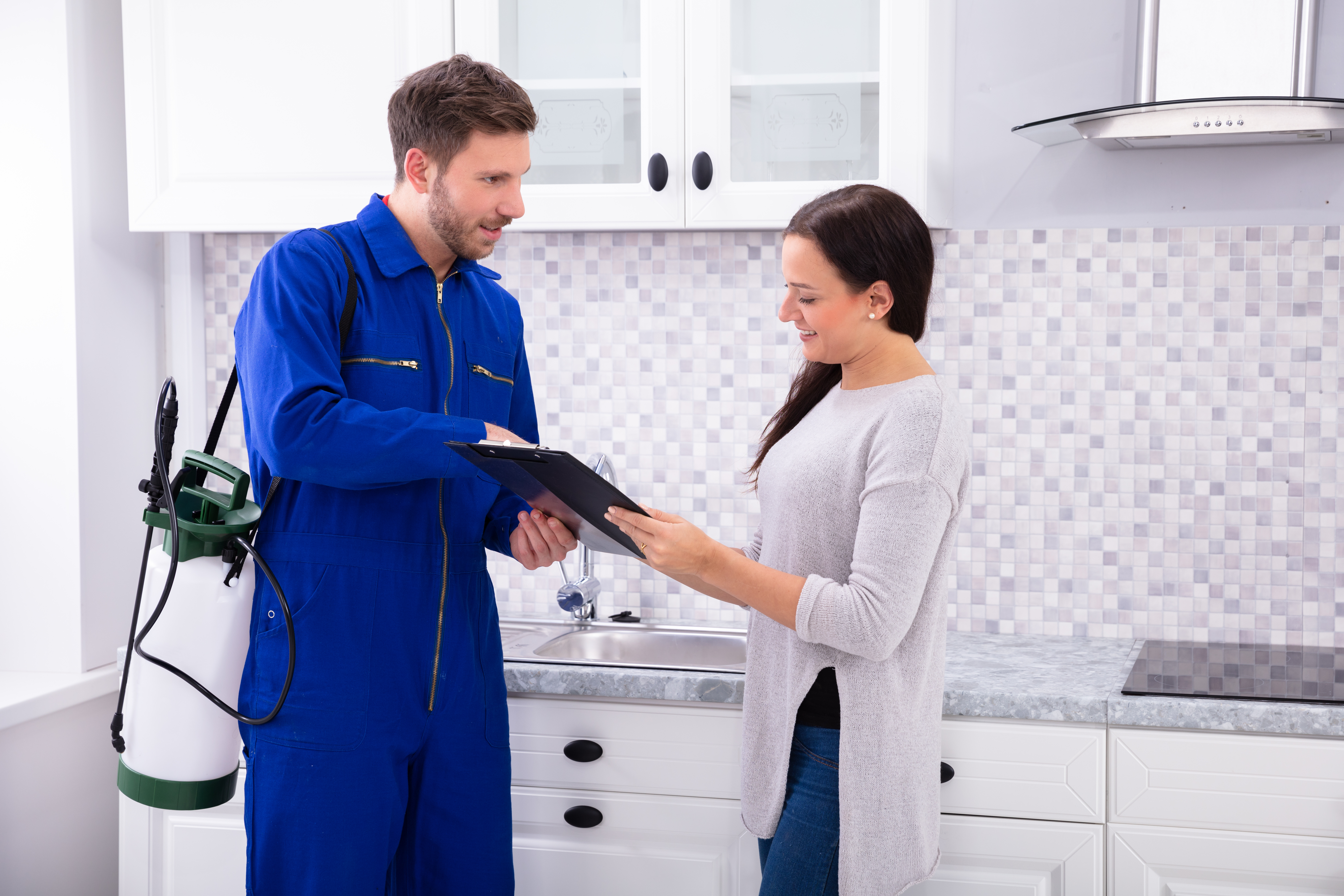
After intervention and treatment, know you will not be left alone. Pest management specialists are accessible year-round to ensure interventions continue to be effective.
Pest control experts evaluate new signs of pest activity and conditions at follow-ups that may invite further intrusion. Pest control is dependent upon collaboration for long-term results. It is necessary to have a trusting relationship between you and the experts to work together for the best possible outcome.
Environmental Pest Management Can Provide a Solution For You
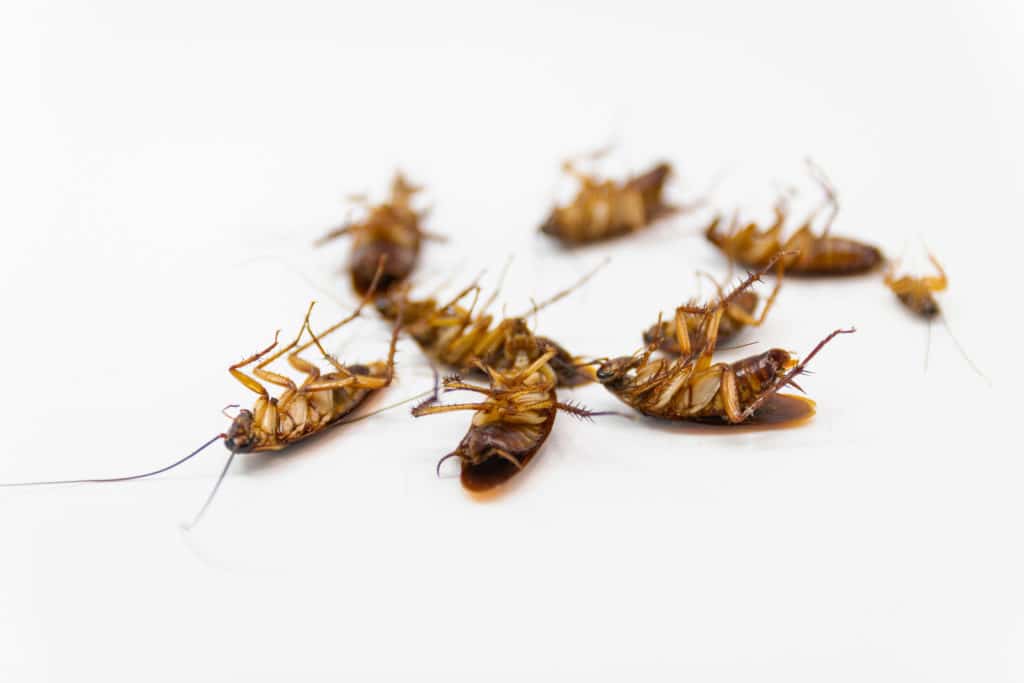
The experts at Environmental Pest Management use Integrated Pest Management to address your pest concerns. This practical, environmentally sensitive approach is common sense because it is safe and effective.
By using comprehensive information on pest life-cycles and how they interact with the environment, we can address virtually all pest control concerns, regardless of the challenge. Importantly, we can do this ethically and economically.
Contact us today to book your free pest inspection. You will soon understand how integrated pest management can work for you!

